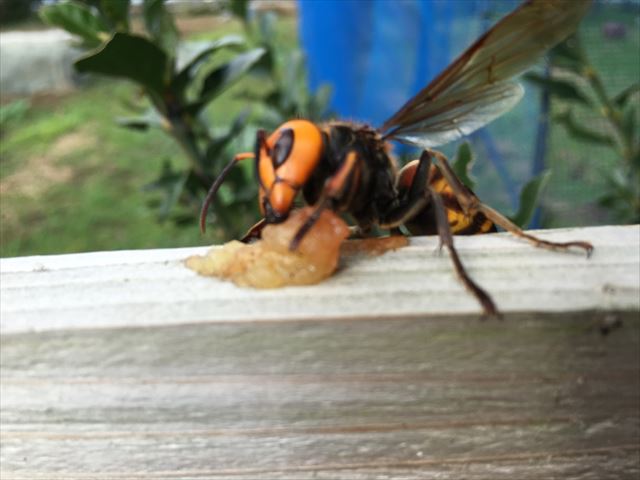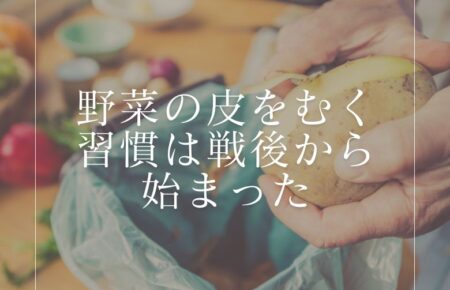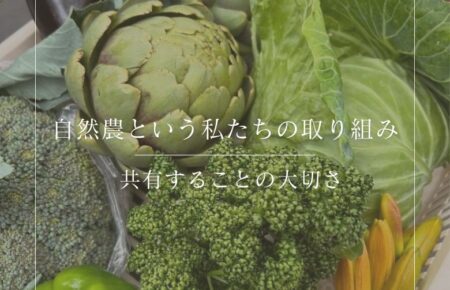We are in the last part of August and hopefully some cooler weather.
Have you heard of the hungry gap? The hungry gap is normally when your winter vegetables start to run out and the Spring vegetables are not yet ready. You see, because of cold weather, plants/vegetables do not grow very fast and many just snooze until warmer weather and day light length increases. Here in Japan, the Tokyo region, the summer is getting so hot that plants also shut down, which means Bright Leaf science, has to contend with two hungry gaps. This is because as the summer vegetables finish, it is still to hot to get autumn vegetables ready on time.
If you do garden yourself or maybe you try to grow your own vegetables and flowers, be very cautious about buying vegetables that you will start to see for sale, last week, I started to see, cauliflower, cabbage and broccoli plants for sale. These have been grown in cooler places, like Nagano and northern parts of Japan, they arrive weak and then when you put them outside in to your soil, you watch them get burnt from the heat and sunshine. I advise you not to waste your money, this is also the same for flowering plants. Try to find out where the seedlings have come from and then check the temperature of that area. This summer, I have been busy starting seeds off in the fridge or in an air conditioned room, but these seedlings need constant care, even before they go outside.
Here at Bright Leaf Science, we use a mulch to cover the soil surface, normally a bed will be prepared ready for the new seedlings to go in. Unwanted plants will be removed, most people call these weeds, 🤣then we might treat the soil with some fish hydrolysate, worm soil, seaweed and some crushed crab shell. Then the mulch is added to cover the soil from the harsh drying sun. A small gap is made in the mulch and the baby plant, (seedling) is popped in and the mulch is pushed a little closer to the seedling, because we don’t want hot soil. Hot soils are dry and lifeless, our living soils, full of beneficial bacteria, fungi and other life, stay healthy and help the plants grow.
If you have a garden or a place you can grow plants, how do you know it is healthy? How do you know that you have a good healthy ecosystem?
Look for Wasps, Spiders and Lizards. If you see these three, then you know that you have a healthy place.
Last year, I had a client, tell me that her son, daughter in-law and grandchild came to visit her, the daughter in-law saw some wasps flying about in the garden. They called a man to exterminate the wasps as they found a nest. I was annoyed to hear this story, I asked the client about the wasps and her garden. She told me that her plants looked good and the wasps never bothered her. My next question, was. . . and how is your gaden now, do you have poor looking plants and many insects? YES! She said. You see, the wasps were protecting her plants from attacking insects. Wasps will search, looking for caterpillars and insects, also the plants will feel/sense the wing vibrations of the wasps and understand that they do have some protection, they will feed their protectors with pollen and nectar, also plant eating insects will hear the wasp wing beats and will hide or go somewhere else. Bees have the same effect, but don’t hunt insects. This is another reason Bright Leaf Science uses flowers in with the vegetables.
Article by Dale





